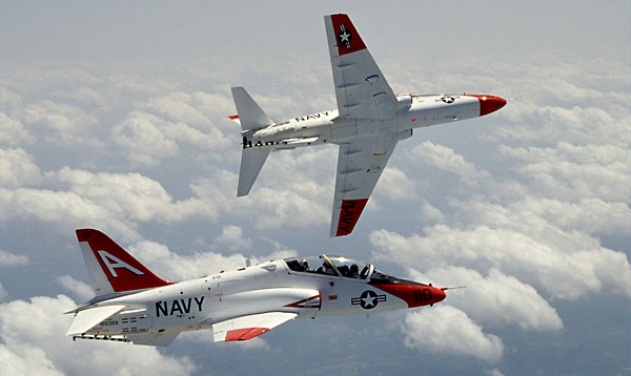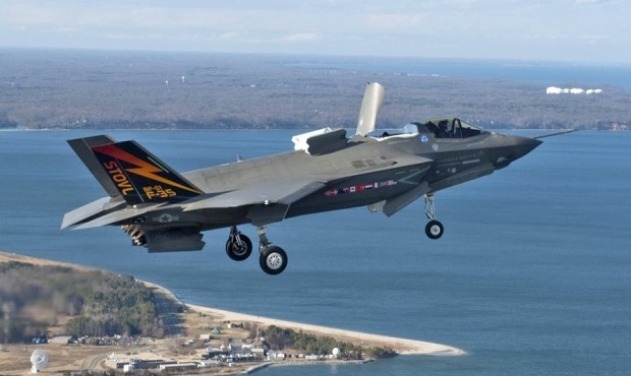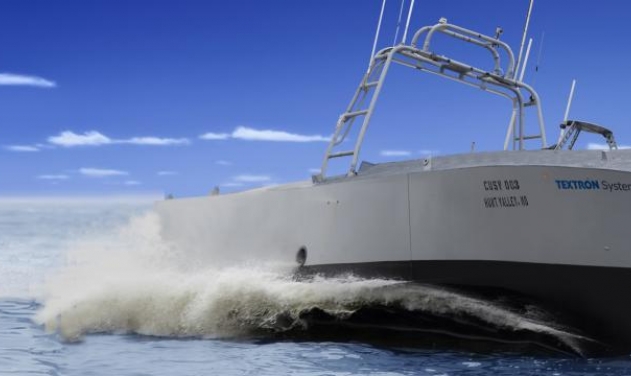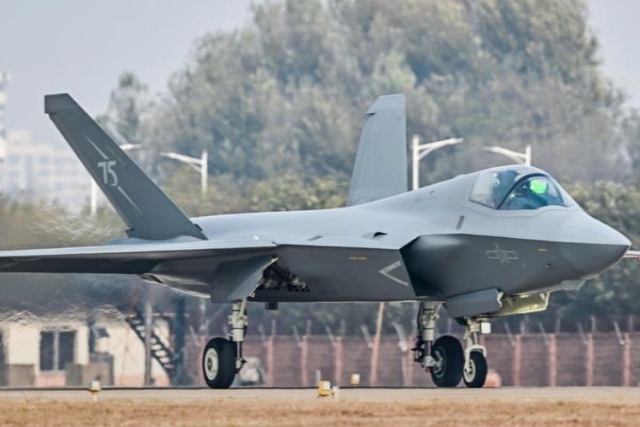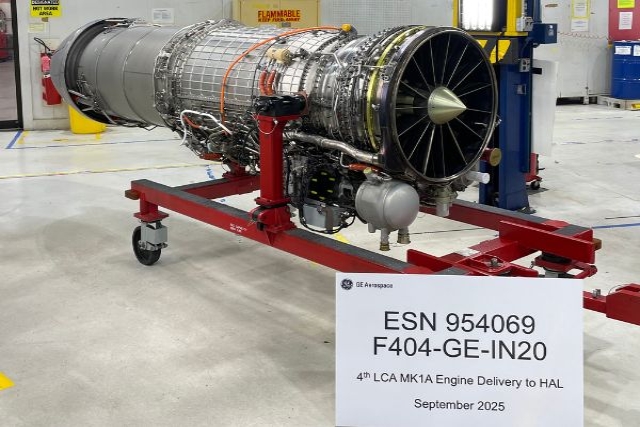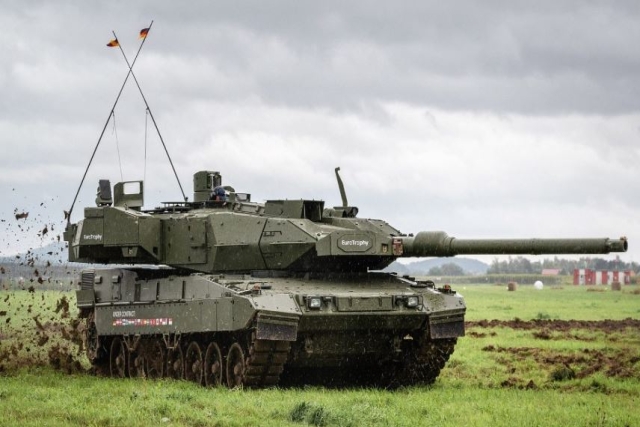US Navy’s $12.4 Billion Super Carrier Undergoes First Sea Trials
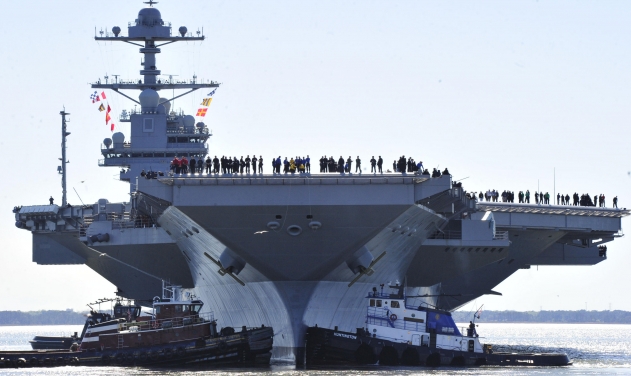
The US Navy’s USS Gerald R Ford ship has underwent the first of its sea trials to test its numerous systems.
The aircraft carrier left Huntington Ingalls Industries-Newport News Shipbuilding after more than a year in delays and extra costs on Saturday, The Sun reported Monday.
Construction for the Ford, which was projected to set the Navy back by $10.4 billion, started in 2009.
The warship was supposed to be finished in September 2015, but ended up taking over a year and a half longer, with a final bill of $12.4 billion.
Gerald R. Ford is intended to be the first of a class of aircraft carriers that offer significant performance improvements over the previous Nimitz class. It is equipped with an AN/SPY-3 active electronically scanned array multi-function radar, and an island that is shorter in length and 20 feet (6.1 m) taller than that of the Nimitz class; it is set 140 feet (43 m) further aft and 3 feet (0.91 m) closer to the edge of the ship.
“Over the past few months, we have made significant progress resolving first-of-class issues associated with these critical systems and have resumed critical path testing in support of Builder’s Sea Trials. This progress enables us to forecast our sea trials and delivery schedule. Specifically, we have updated the ship’s schedule to reflect Builder’s Sea Trials in March 2017, Acceptance Trials in April 2017, and Delivery in April 2017, pending the results of sea trials,” Navy spokesperson Capt. Thurraya Kent had said in January this year.
Replacing traditional steam catapults, the Electromagnetic Aircraft Launch System (EMALS) will launch the all carrier aircraft. This eliminates the traditional requirement to generate and store steam, freeing up considerable below-deck square footage. EMALS can accomplish 25% more aircraft launches per day than the Nimitz class and requires 25% fewer crew members. The Navy estimates it will save $4 billion in operating costs over a 50-year lifespan.
The firm tasked with building the Ford faced issues with its advanced systems and technology, including aircraft landing equipment and power generation.
Nearly 5,000 shipbuilders were involved in the warship’s construction, with the finished product weighing almost 100,000 tonnes.
It boasts a five-acre flight deck, can transport 4,660 personnel and 75 aircraft.
The ship, which was designed using 3D computer modelling, is capable of reaching speeds upwards of 34mph thanks to its two nuclear reactors.
